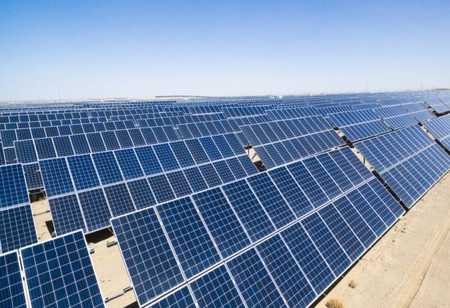Tata Power, India's largest integrated power utility, in partnership with The Energy Resources Institute (TERI), organised a Webinar on 'Energy Storage Applications in Power System' on 16th June 2021. The Webinar was initiated by Dr Praveer Sinha, CEO & MD, Tata Power and witnessed an encouraged involvement of over 120 prominent industry leaders and senior government officials from regulatory bodies.
These comprise Sanjay Kumar, honourable chairperson Maharashtra Electricity Regulatory Commission (MERC), Ramnathan, TERI, Randheer Singh, NITI Aayog, Shashank Jewalikar, Maharashtra State Electricity Transmission Co. Ltd. (MSETCL), Naveen Singh, Sterlite Power and Rupam Raja, Fluence Energy and also CEOs of other power utilities in Maharashtra.
The foremost objective behind the Webinar was to set up a foundation in the direction of implementing Energy Storage systems in India. It largely engrossed on conversations about the need for energy storage, the various applications in India, case studies of Battery Energy Storage Systems (BESS) in India and other developed countries and some of the business models used for the same.
Dr Praveer Sinha's inaugural discussion emphasised on the importance of Battery Storage and how it works a vital role. He also mentioned about a few applications of energy storage similar frequency regulation, meeting peak demands, replacement of DG sets etc. The keynote address by Sanjay Kumar, MERC strained upon Energy Security and increasing the share of renewable generation in order to tackle climate change. He also expressed the requirement for reaching
out to people and get their acceptance for storage technologies.
Ramnathan, TERI, mentioned how battery storage systems are receiving the lead now for storage application and described the importance of batteries for microgrid applications. He also gave an insight of the study of BSES Rajdhani and spoke about the future smart grid applications for cities along with storage applications to achieve demand successful. Nilesh Kane, Tata Power presented a case study of the 10 MW BESS installed at TPDDL, Delhi and showcased various forms of application of BESS - as a grid utility, community storage, pole mounted BESS etc. Tata Power also has a mini-BESS plant in rage on few KWs used as replacement of existing DG sets and plans to discover more BESS projects subject to statutory and regulatory approval.
On the other hand, industry front-runners also touched upon numerous other conversations such as the overview of the Indian Grid, key initiatives undertaken in India, various models of battery application across the globe such as Virtual Transmission lines, role of energy storage in the Grid for Generation, Transmission, Distribution and the need of BESS model for positioning of Energy storage as a Grid element.
As far as the market likely for energy storage in India is concerned, the Central Electricity Authority (CEA) published a Report in Jan'20 on Optimal Generation Capacity Mix for 2029-30, predicting installed capacity of 27 GW/108 GWh of Battery Energy Storage System (BESS).
Tata Power is transitioning towards a renewables-rich future. Energy storage has the capability to reserve energy formed in surplus energy generation time and utilise it when it is required, when renewable generation is not available. This would assist the company to reach its carbon neutrality goals. At present, the company uses Lithium-ion Batteries (Li-NMC) batteries for 10MW/10MWh BESS and community energy storage system of 150KW/528KW, it uses Lead acid and advanced lead acid batteries for Microgrids and objectives to explore the use of Flow batteries as well for Microgrid application.
Besides this, technological enhancements in Energy Storage Systems (ESS) assists to decrease the cost of deployment and increase the range of applications and services that ESS can offer to the power system. For example, ESS can offer various services such as energy arbitrage, fast response services and capacity to encounter peak demand, integrate higher levels of intermittent renewable generation sources such as solar & wind and deferring expensive grid investments to meet short term peak electricity demand.
With rapid change of pace witnessed in power system with Renewable Generation in the previous decades, large scale energy storage as well as distributed energy storage would play a critical role in the power sector in near future.
